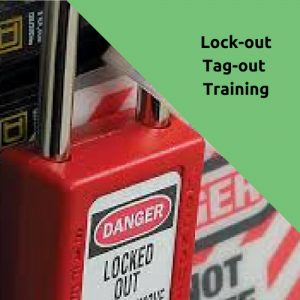Lockout/Tagout Training
 In the comprehensive landscape of a Hazardous Energy Control Program, the significance of lockout/tagout training emerges as a pivotal and non-negotiable component.
In the comprehensive landscape of a Hazardous Energy Control Program, the significance of lockout/tagout training emerges as a pivotal and non-negotiable component.
An important component for a lockout/tagout program is a quality abandoned lock removal process
Explore the critical process of safely removing lockout devices in a Lockout/Tagout (LOTO) program. Follow a documented procedure to prevent risks associated with abandoned locks, ensuring employee safety. Learn the Abandoned Lockout Lock Removal Process, approvals needed, and the importance of informing employees. Emphasize safety adherence, OSHA standards, and thorough documentation for a comprehensive lockout/tagout program.
View the Basic Lock-out/Tag-out Training below:
LOTO trainingDownload the Basic Lock-out/Tag-out Training below:
View the Affected Employee Training below:
Affected employee training loto
Download the Affected Employee Training below:
View the Affected Employee Training Video below:
